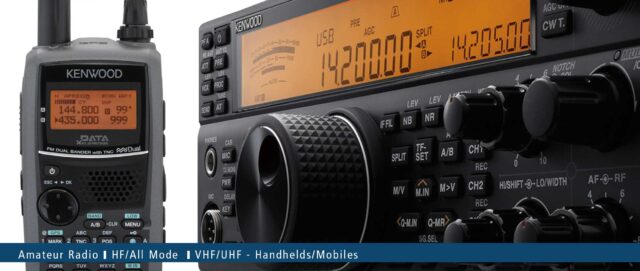Mastering HF Radio: A Comprehensive Guide to Communication, DXing, Military Applications, and Beyond

About Course
Step into the fascinating world of High Frequency (HF) radio—a technology that defies distance, bridges global gaps, and thrives where cell towers and satellites can’t reach. Whether you’re a curious beginner, an experienced ham operator, or someone in the defense or emergency communications field, this course will transform your understanding of HF radio into practical, powerful skills. From understanding antenna design to engaging in global DXing contests, from mobile operations in rugged terrains to military-grade secure communications—this guide is your ultimate HF radio playbook.
With real-world examples, interactive illustrations, and a deep dive into digital modes, signal propagation, DSP techniques, and even space communication, you’ll emerge with both foundational knowledge and specialized expertise. You’ll also gain insight into how HF radio remains relevant—and essential—in military operations, disaster relief, and remote connectivity. This course is not just about operating a radio—it’s about commanding the airwaves with purpose, clarity, and confidence.
Course Content
Introduction
Welcome to the world of HF (High Frequency) radio communication
00:00Importance and versatility of HF radio in various contexts
00:00Overview of the ebook’s contents
00:00